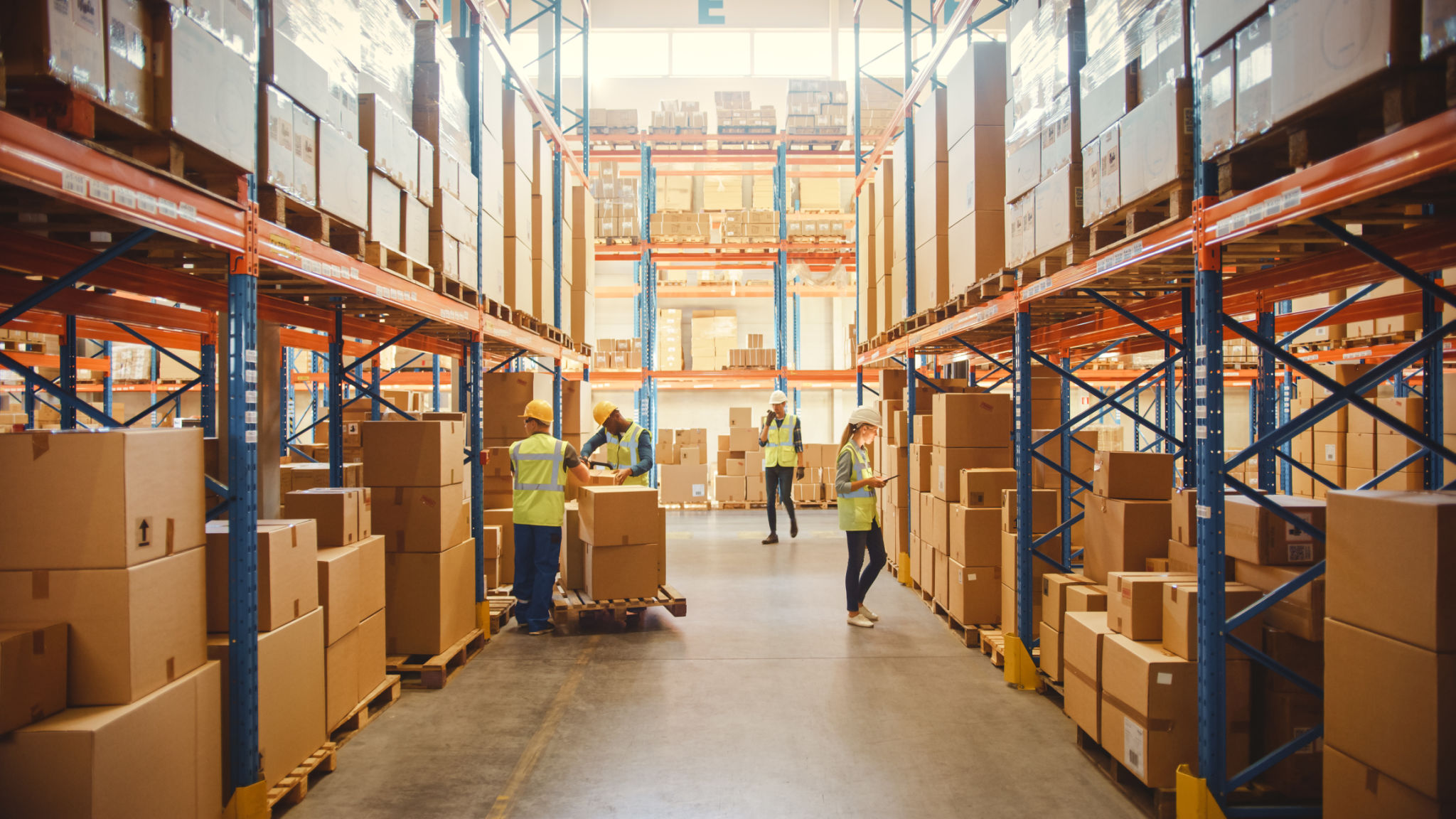How Food Brands Can Optimize Logistics in India: A Comprehensive Guide
Understanding the Unique Challenges of Logistics in India
India is a vast and diverse country with its own set of logistical challenges. From varied terrain and weather conditions to an evolving infrastructure, food brands must navigate a complex landscape to ensure timely deliveries. Furthermore, the country's dynamic consumer market demands flexibility and adaptability in logistics operations.

Leveraging Technology for Efficient Supply Chain Management
Technology plays a pivotal role in optimizing logistics for food brands in India. Implementing robust supply chain management software can streamline operations, enhance visibility, and improve communication across all levels of the supply chain. Technologies such as GPS tracking and IoT devices can provide real-time data, allowing brands to monitor shipments and reduce delays.
Additionally, adopting data analytics can help brands predict demand more accurately, optimize inventory levels, and manage resources more effectively. This not only reduces waste but also ensures that products reach the market promptly, maintaining freshness and quality.
Strategic Warehouse Placement and Inventory Management
One of the key strategies for optimizing logistics is strategic warehouse placement. By analyzing consumer demand and market trends, food brands can establish warehouses close to key markets, reducing transportation time and costs. This approach also helps in minimizing the risk of spoilage for perishable goods.

Effective inventory management is critical in maintaining the balance between supply and demand. Implementing an integrated inventory management system can help brands keep track of stock levels in real-time, preventing overstocking or stockouts.
Collaborating with Local Partners
Collaboration with local logistics partners can significantly enhance efficiency. Local partners possess valuable insights into regional nuances, regulations, and consumer behavior, which can aid in navigating complex logistical challenges. Building strong relationships with these partners can result in more reliable and cost-effective operations.
Investing in Infrastructure and Workforce Development
To optimize logistics, food brands should consider investing in infrastructure improvements. This includes upgrading transportation networks, modernizing storage facilities, and implementing advanced technologies. Such investments can lead to long-term efficiency gains and reduced operational costs.

Equally important is investing in workforce development. Training employees on the latest logistical technologies and practices ensures that they are equipped to handle challenges effectively, ultimately improving overall productivity and performance.
Embracing Sustainability in Logistics
Sustainability is becoming increasingly important for consumers and businesses alike. By adopting eco-friendly practices in logistics operations, food brands can not only reduce their environmental footprint but also appeal to a growing segment of environmentally-conscious consumers.
This can include measures such as optimizing delivery routes to reduce fuel consumption, using biodegradable packaging materials, and implementing energy-efficient practices in warehouses and distribution centers.
Conclusion: The Path Forward for Food Brands
Optimizing logistics in India requires a multifaceted approach that combines technology, strategic planning, collaboration, and sustainability. By addressing these key areas, food brands can ensure efficient supply chain operations that meet consumer demands while staying competitive in a rapidly evolving market.

